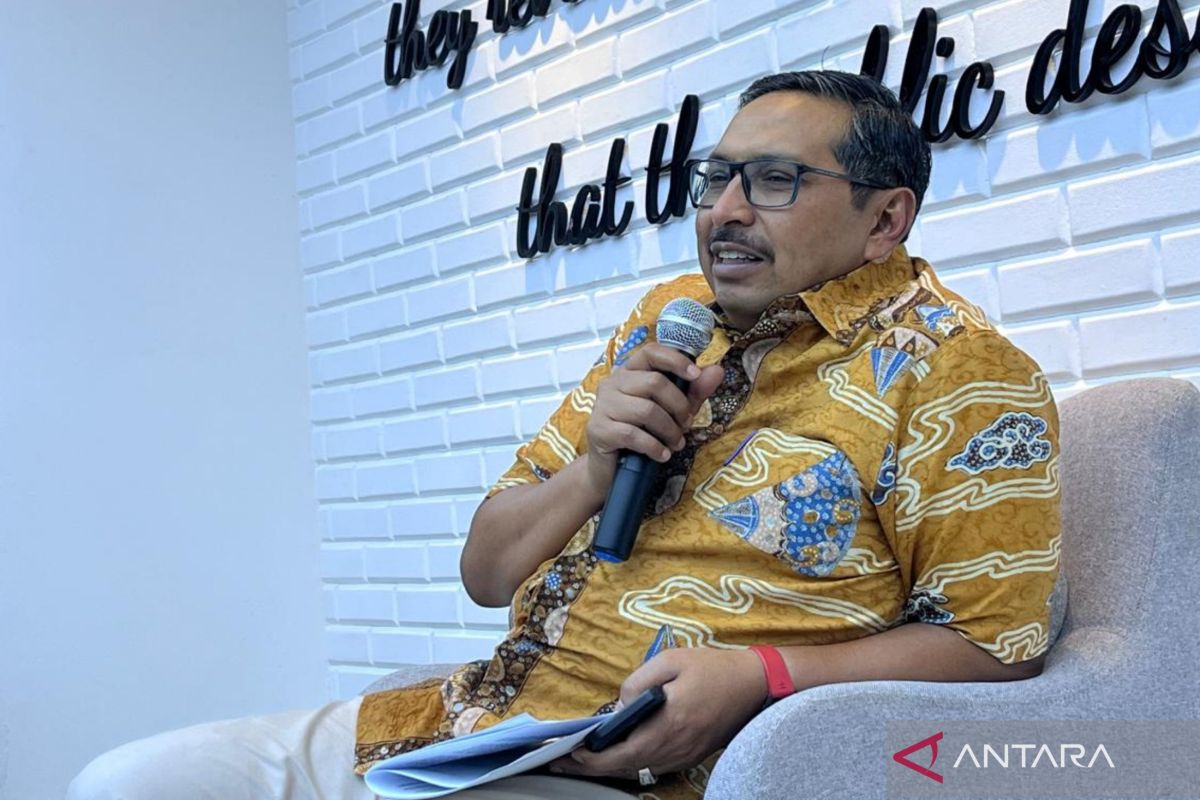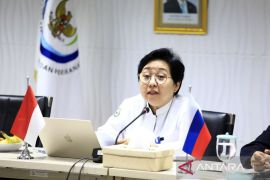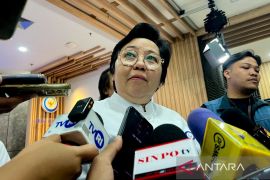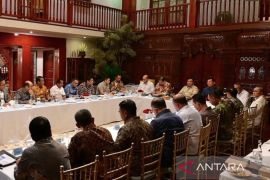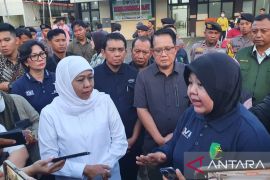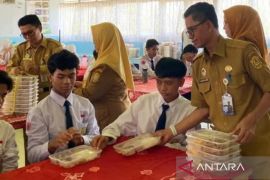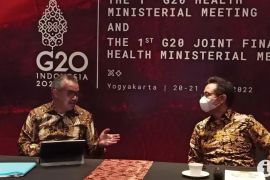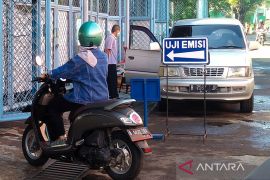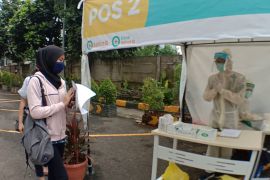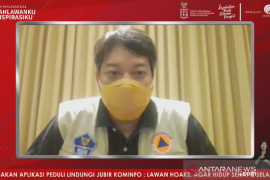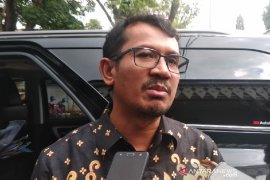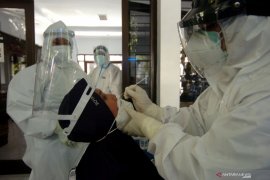"There are three main functions of the IDTH, namely first to protect, meaning protecting the community from unsafe use of telecommunications devices," said Ismail, the ministry's Director General of Resources and Postal and Informatics Devices, on Friday.
Through comprehensive device testing services, IDTH aims to ensure that every device on the market meets the established safety standards.
Ismail added that IDTH also helps domestic industrial players who wish to develop or export devices.
With the presence of the IDTH, industrial players no longer need to test their devices in the export destination country.
"If there's any domestic industry that will do business development or export devices by testing them in the IDTH laboratory, they no longer have to test them in the destination country," he explained.
Additionally, IDTH supports frequency spectrum management in terms of planning, issuance of permits, supervision, and control.
Ismail noted that several low-power devices, such as radio control devices, children's toys, and WiFi, do not require special permissions because they have met the certification requirements from IDTH.
However, devices such as base transceiver stations, radio transmitters, and TV transmitters still require frequency spectrum permits from the Ministry of Communication and Informatics.
IDTH, which was inaugurated by President Joko Widodo on May 7, was formerly the Telecommunication Device Testing Center (BBPPT), operated by the Directorate General of Resources and Postal and Informatics Devices.
It seeks to ensure the security and safety of telecommunications device users in Indonesia, standardize export and import products, and guarantee interoperability and interference protection between devices.
Related news: Reliable communication network guaranteed for new capital: Minister
Related news: Task Force to apply three steps to eradicate online gambling: minister
Translator: Fathur Rochman, Raka Adji
Editor: Anton Santoso
Copyright © ANTARA 2024
